Saskatchewan Grade 4 Math - Full Year Bundle
Saskatchewan Grade 4 Math - Full Year Bundle
Interested in a bundle? Shop below instead!
Couldn't load pickup availability
PRODUCT PREVIEW
Grade 4 – Number Strand - Saskatchewan Math Curriculum – This resource covers all outcomes and indicators in the Grade 4 - Saskatchewan Math Curriculum.
Distance Learning made easy! GOOGLE CLASSROOM VERSION - PDF INCLUDED! This gives you the ability to print worksheets as well as distribute a digital copy of the resource to your students on Google Classroom.
Check out each of the strands below to learn more about the resources included in this bundle.
Number Strand
Concepts that are covered:
- Place value to 10 000
- Base ten blocks to 10 000
- Expanded form to 10 000
- Written form to 10 000
- Composing and decomposing numbers to 10 000
- Comparing and ordering numbers to 10 000
- Mental math addition strategies – making tens, doubles, place value, adding in chunks
- Number line addition
- Exact or estimate – addition and subtracting strategies (clustering, compensation, front-end estimation)
- Adding and subtracting – regrouping and borrowing
- Addition and subtracting – word problems
- Subtraction mental math strategies – counting back, counting up
- Adding and subtracting decimal numbers
- Adding and subtracting involving money
- Multiplication and division up to 10 x 10
- Arrays – multiplication and division
- Mental math multiplication strategies – skip counting, breaking up numbers, doubling and halving
- Front-end estimation – multiplication
- Multiplication: 2 by 1 multiplication and 3 by 1 multiplication
- Word problems – multiplication and division
- Division – remainders (fair sharing)
- Division mental math strategies – skip counting and splitting up the dividend
- Fair sharing
- Naming fractions
- Benchmark fractions
- Pizza fractions – representing and naming fractions
- Ordering and comparing fractions
- Fractions on a number line
- Counting up by a 10th and by fractions
- Decimals on a number line
- Rounding numbers
- Decimals in money
- Adding and subtracting money – word problems
- 10 Exit Cards
- Various hands-on activities – Fraction Race, Estimate and Dash, and more
- 6 Unit Tests
- Answer pages for all activities!
Patterns and Relations
Some of the concepts that are covered:
- Hundreds chart patterns
- Multiplication chart patterns
- Translating geometric patterns into number sequences
- Translating patterns into tables of values
- Increasing patterns – addition and multiplication
- Decreasing patterns – subtraction and division
- Pattern rules – determining pattern rules
- Pattern rules – creating pattern rules
- Finding the unknown value in a pattern
- Pattern word problems - addition, subtraction, multiplication and division
- Relations – writing an equation that represents a situation
- Input/output tables
- Extending patterns
- Carroll diagrams and Venn diagrams
- Pre-algebra – finding the missing value in an equation
- Using symbols to represent the missing value
- Part-part-whole
- Finding matching equations
- Solving equations – balancing equations
- Using guess and check methods to find the unknown value
- Balance model – using pan balance to find unknown value
- Solving word problems with algebraic reasoning
- Math Activity: Pathway to Patterns
- Task Cards: Patterning – All Operations
- Activity – Mystery Number Challenge
- Math Activity: Algebraic Bottle Flip Challenge
- Activity – Equation Explorers
- Algebra Jeopardy
- Exit Cards (10)
- Unit Tests (2)
Shape and Space
Some of the concepts that are covered:
- Telling time – digital clocks
- Reading analogue clocks
- Making a clock
- Drawing clocks – nearest hour, half hour, every 5 minutes, and every minute
- Telling time – quarter to, quarter after
- Elapsed time – days, hours, minutes, seconds
- 24-hour clocks
- Comparing time – seconds, days, hours, minutes
- Word problems – elapsed time situations
- Elapsed time fractions
- Dates in different formats – yyyy/mm/dd and dd/mm/yy
- Area – superimposing
- Area – regular and irregular shapes
- Calculating area - visuals
- Calculating area – finding the missing value
- Using the area formula
- Referents for square centimetre
- Referents for square metre
- When to use square centimetre and square metre
- Word problems – calculating area
- Same area – different rectangles
- Sides of a shape
- Vertices, faces, and edges of 3D objects
- Right triangular prisms and rectangular prisms
- Prism or pyramid?
- Nets – right triangular prism and rectangular prism
- Triangular and rectangular prisms in our environment
- Congruent shapes
- Symmetrical shapes
- Lines of symmetry – how many lines of symmetry
- Lines of symmetry – drawing the rest of a picture
- Drawing mirror image using line of symmetry – real life objects
- Hands-on activities - Math Activity: Time Travelers, Task Cards, Right Angle Architects, and more
- Matching Games – matching 24-hour times and analogue clocks
- 6 Exit Cards
- 3 Unit Tests
Statistics and Probability
Some of the concepts that are covered:
- What is a Statistical Question?
- Writing Statistical Questions
- Statistical Questions - Predictions
- Survey Using Tally Marks
- Reading a Line Plot – Favourite Dinner
- Creating a Line Plot – Favourite Colour
- Horizontal Pictograph - Candy
- Vertical Pictograph – Canned Food
- Creating a Vertical Pictogram
- Surveying a Suitable Representation
- Reading a Bar Graph – Favourite Snack
- Surveying a Suitable Representation
- Inuit Living in Canada – Bar Graph
- Vertical Bar Graph – Favourite Colour
- One-to-One vs Many-to-One
- Favourite Subject – Examining Scale
- Reading a Bar Graph – Line Break
- Research Activity: Graph Hunter
- Drawing Bar Graphs
- Creating Scale
- Frequency Table and Bar Graph
- Collecting Data
- Creating a Bar Graph
- Quantitative vs Qualitative Observations
- Collecting Qualitative Data
- Collecting Quantitative Data
- Creating a Bar Graphs
- Displaying Data Using Different Graphs
- Activity Title: Flip the Data
- Exit Cards
- Unit Test – Statistics and Probability
- Answer pages
This is a comprehensive bundle that will save you hours of planning! It has been tested and found effective in helping students achieve the learning outcomes outlined in the Saskatchewan 2009 curriculum.
Answer pages for all slides/sheets are included!
Share
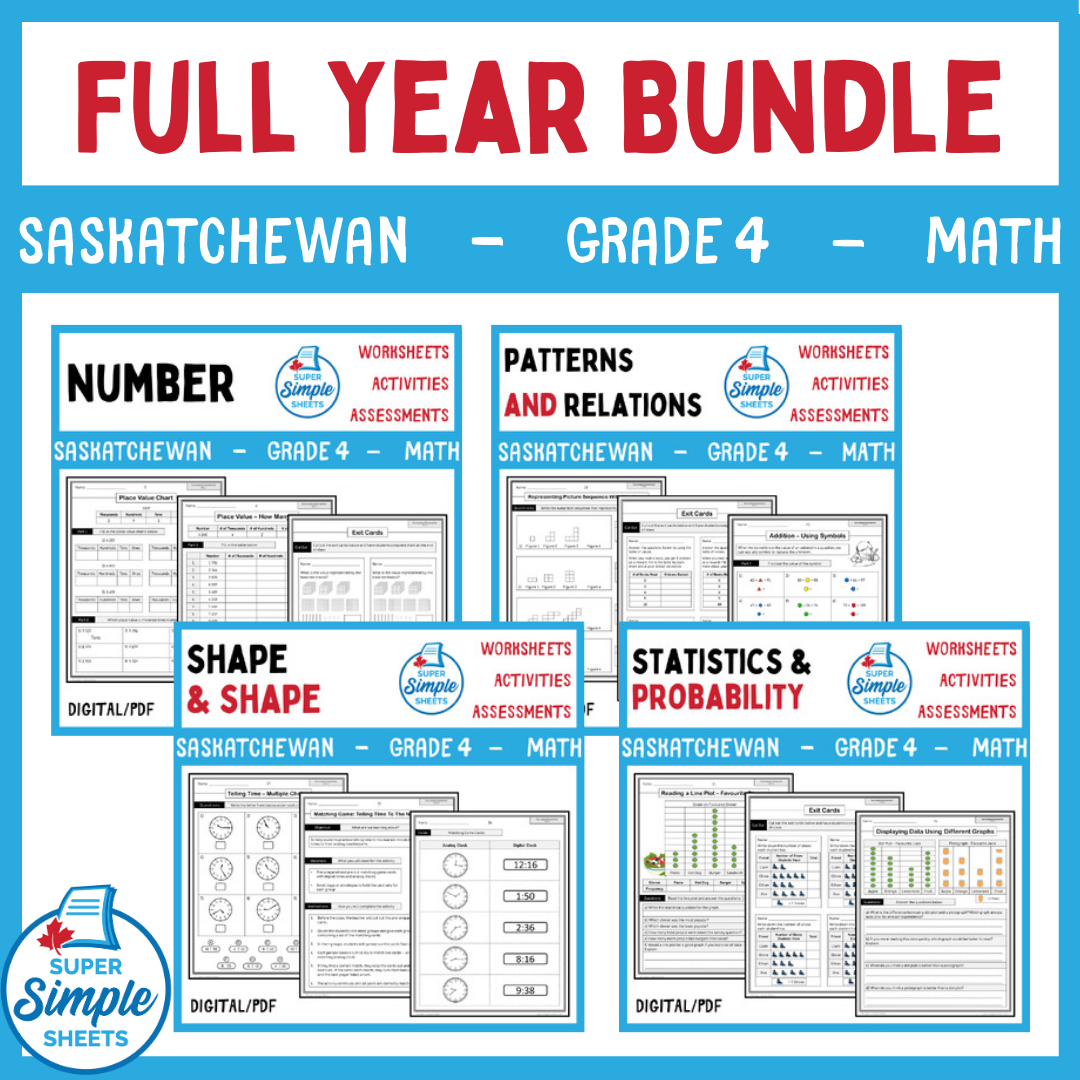
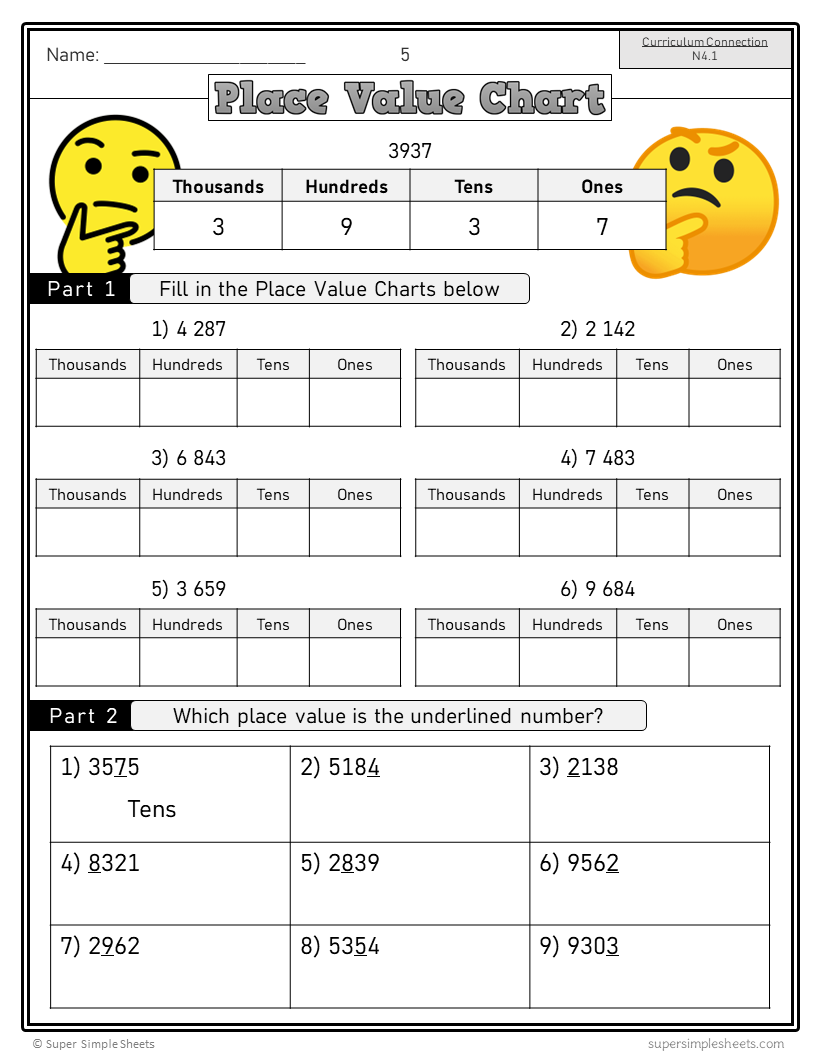
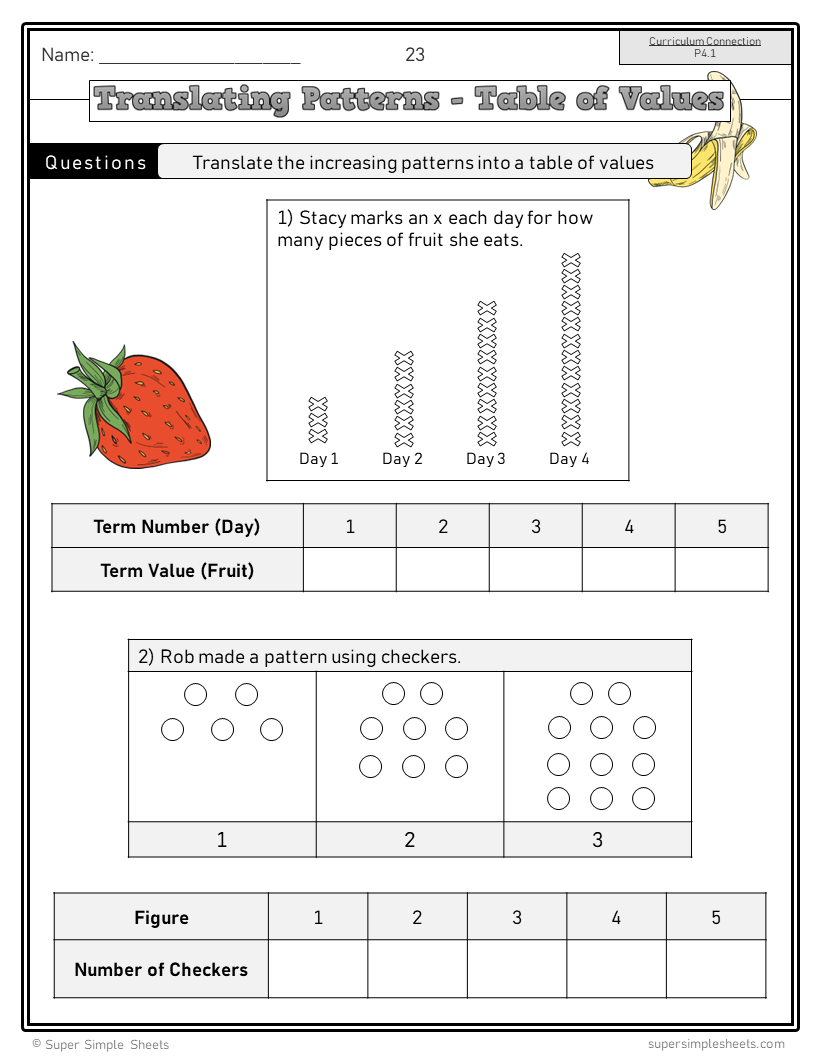
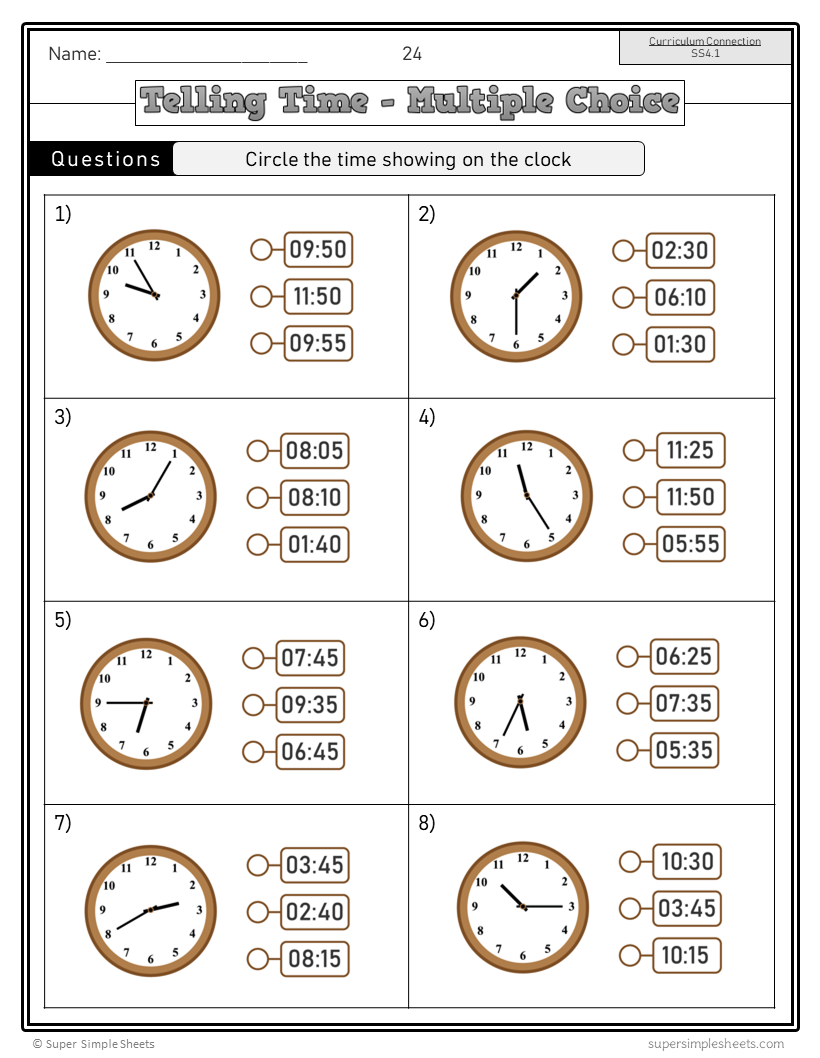
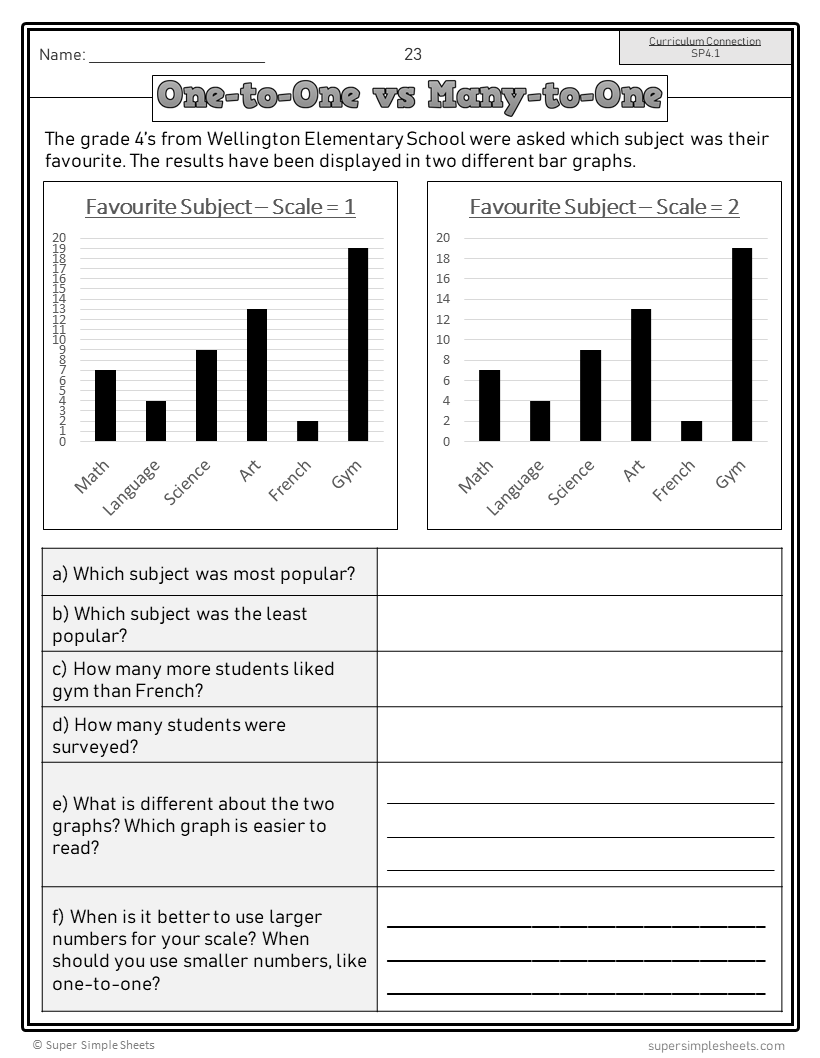
These sheets really are so simple to use. Minimal instructions and extra things on the worksheet - just the practice questions with lots of opportunities for additional practice. A great purchase that makes planning so much easier!








